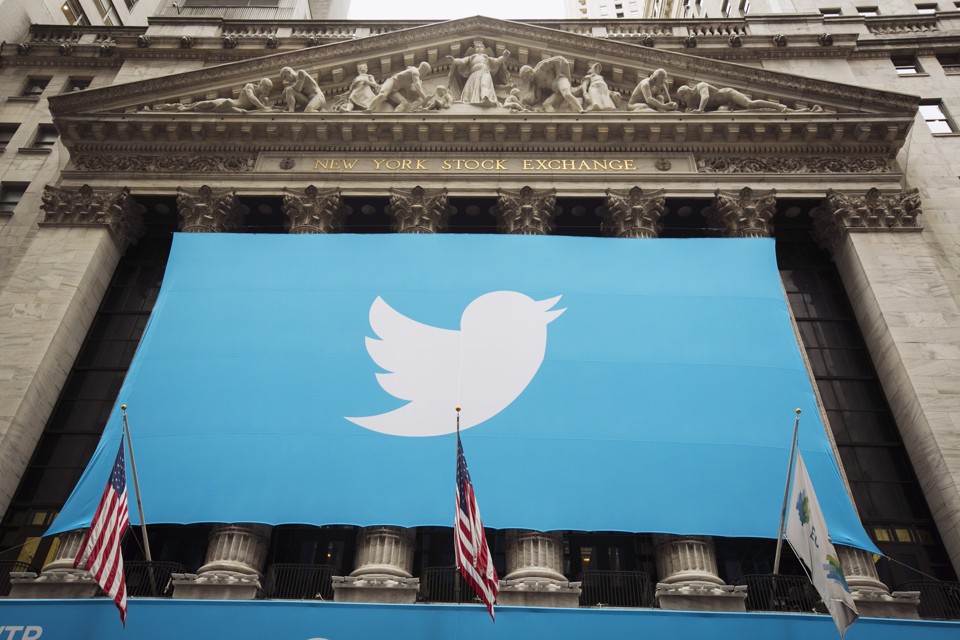Twitter’s 10-Year Anniversary, Apple’s Spring Product Event, U.S. Launch of Blendle Pay-Per-Article Model, Fortune’s Contributor Network, Adobe Summit 2016, Media Metrics, TFP’s Infographic Pick of the Week
Welcome to Technology for Publishing’s roundup of news and tips for media industry pros! This week, we’re sharing stories about the evolution of Twitter as it celebrates its 10-year anniversary, Apple’s spring 2016 rollouts, U.S. publishers testing micropayment app Blendle, how Fortune is growing its contributor network, Adobe Summit 2016, and more.
- Twitter turned 10 on Monday, and to mark the occasion, several news sites looked at how the real-time social and news platform has evolved since its launch. Focusing on its role as a “cultural and political phenomenon” and “window into other lives,” The New York Times asked notable users—from comedian Margaret Cho to Black Lives Matter activist DeRay McKesson to astrophysicist Neil deGrasse Tyson—to share their views on Twitter’s impact. For its part, Digiday reported on how the platform’s current struggle to grow its user base is affecting its prospects with publishers and advertisers, while CNN offered “Tweets that changed the world.” More commentary on Twitter’s 10-year milestone can be found at The Atlantic, BBC News, Business Insider, the Verge, and other sites.
- Also, just ahead of its 40-year anniversary on April 1, Apple kicked off its 2016 spring product event with announcements including the new iPhone SE, a 9.7-inch iPad Air Pro, iOS 9.3, new Apple Watch bands, and more. CNET and CBS were among sites offering video highlights, including CEO Tim Cook’s keynote in which he addressed current debate over customer privacy. TechCrunch provided coverage as well, with some good in-depth analysis on the various product launches.
- In a limited U.S. launch, some 20 publishers—including The New York Times, The Wall Street Journal, The Washington Post, The Economist, and Time—signed on with pay-per-article platform Blendle, Nieman Lab reported. The question, though, is whether the micropayment model will take hold in a market “awash in free content,” it said. Similar to Apple’s App Store cut, publishers will get to keep 70% of revenues (anywhere from 9 cents to 49 cents per article, depending on story type and prices set) while Blendle takes the remaining 30%. Users can get a refund, however, if they aren’t happy with the quality of an article. For more info, check out Business Insider’s Q&A with Alexander Klöpping, one of the founders of the Netherlands-based company.
- In efforts to increase traffic, publishers like Forbes, The Huffington Post, and Fortune are steadily building their non-staff contributor networks, with the latter recruiting nearly 5,000 outside writers for what it calls its “op-ed page,” a Digiday article reported. While the trend is growing among publishers of all sizes, it said there are some pitfalls to avoid, noting that advertisers want assurance that the content is in keeping with the “editorial voice the media outlet is known for.” For its part, Fortune created a five-person team to solicit and edit outside articles, and while its network is growing, only about seven of its approximate 120 posts a day are from contributors. Emphasizing quality over quantity, digital managing editor Edward Felsenthal said, “It’s important that every single piece of content is edited, and we verify who’s writing for the site. There’s no guarantee something won’t be controversial. But I feel a lot more confident someone I’ve never heard of won’t end up on the site.”
- And finally, if you weren’t able to attend Adobe Summit 2016 this week, visit the Summit conference site to view keynotes and other highlights, and sign up for access to more than 150 breakout sessions on the Summit Online page.
On the Technology for Publishing Blog
- Media Metrics Roundup: We bring you the latest numbers on the amount of mobile data news site ads consume, magazine social media audiences, digital ad spending, cross-device use, and much more.
- TFP’s Infographic Pick: What makes consumers engage with your content? This week’s infographic takes a look at the major motivators.
- Don’t miss our InDesign CC Tip: Monica Murphy explains InDesign’s Style Override Highlighter, a handy feature that identifies all the paragraph and character style overrides that have been applied in a document.
Image: The Atlantic
Visit our blog for highlights of interesting and noteworthy stories from the publishing world every Friday, and sign up for TFP’s This Week in Publishing newsletter. Think we missed something great? Let us know! Leave a comment below or drop us a note.
Posted by: Monica Sambataro



